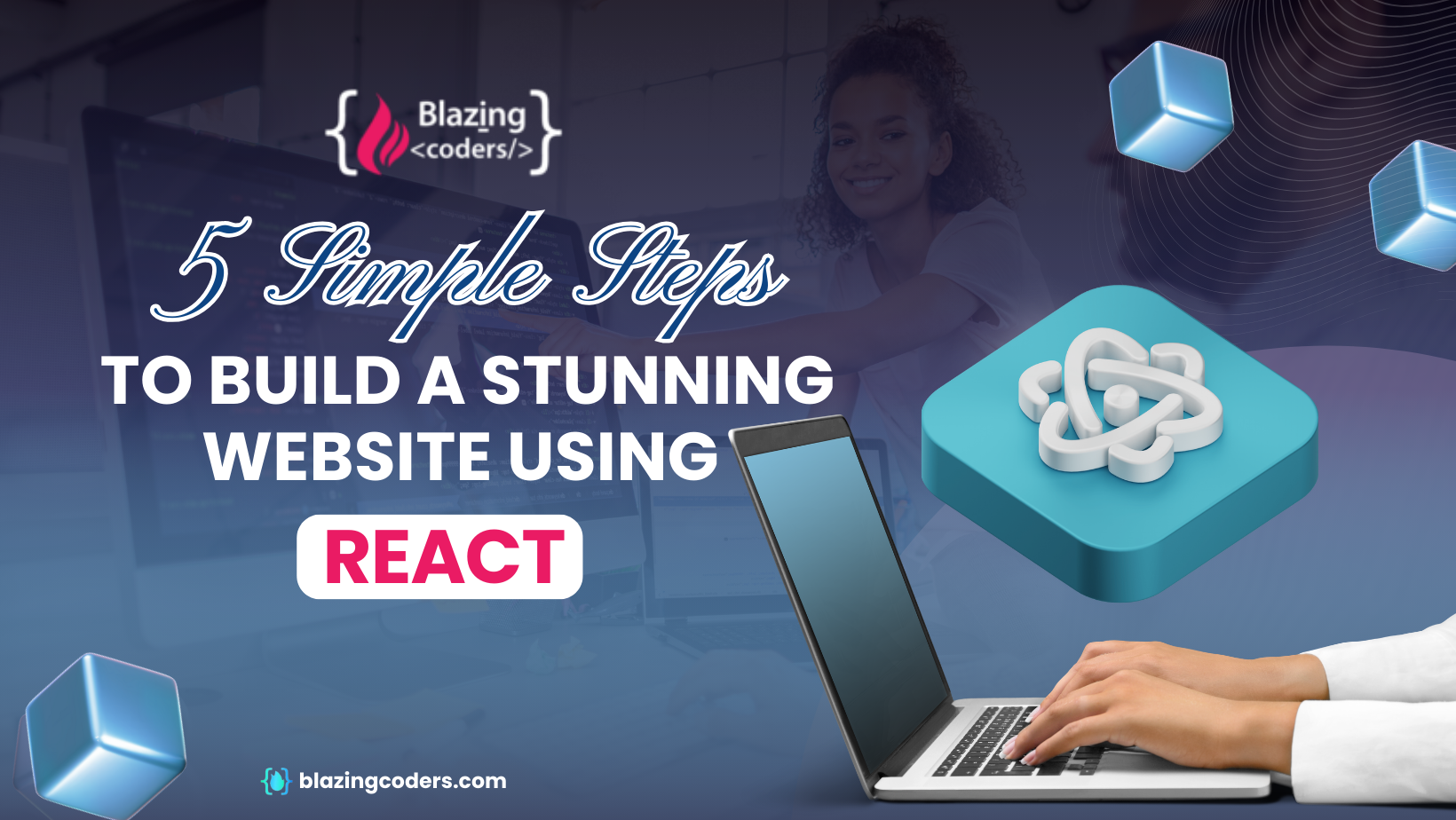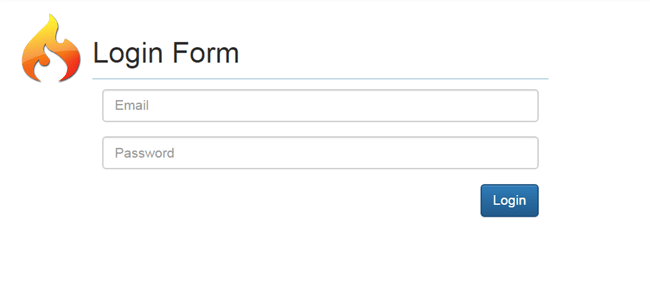5 Simple Steps to Build a Stunning Website Using React
In today’s digital-first world, building a fast, interactive, and modern website is essential for any business or personal brand. React, developed by Facebook, has become one of the most popular JavaScript libraries for web development. Its component-based structure and powerful tools make it easier than ever to create responsive, scalable, and maintainable web applications. In this guide, we’ll walk you through five simple steps to build a stunning website using React. Whether you’re a developer or part of a web development company looking to streamline your process, this blog is for you.
Step 1: Set Up Your Development Environment
Before you can start building with React, you need to set up the right tools:
-
Install Node.js and npm: React uses npm (Node Package Manager) to manage dependencies. Download the latest version of Node.js from the official website.
-
Install a Code Editor: Use Visual Studio Code or any IDE of your choice. VS Code offers many useful extensions for React development.
-
Create a React App: Run npx create-react-app my-website in your terminal. This command sets up a new React project with a basic file structure.
Setting up your environment correctly ensures a smoother workflow and helps avoid compatibility issues down the line.
Step 2: Plan Your Website Structure and Components
One of the best things about React is its component-based architecture. Before jumping into code, plan the structure of your website:
-
Identify Pages: For example, Home, About, Services, Contact.
-
Break Pages into Components: For the Home page, you might have Header, Hero Section, Features, and Footer components.
-
Create a Folder Structure: Keep your files organized by creating folders for components, assets (images, icons), and styles.
Proper planning at this stage helps in scaling the website later and improves maintainability – a critical aspect for any web development company.
Step 3: Build the UI with Reusable Components
Now it’s time to dive into the actual code. Start building components using JSX (JavaScript XML), React’s syntax extension.
function Header() {
return (
Welcome to My Website
); }
-
Props and State: Use props to pass data between components, and state to manage dynamic data.
-
Styling: Choose from CSS Modules, styled-components, or plain CSS depending on your preference. Responsive design is crucial.
Reusable components not only speed up development but also make your code cleaner and more efficient.
Step 4: Add Routing and Interactivity
For multi-page websites, you’ll need client-side routing. React Router is the standard library for this.
npm install react-router-dom
import { BrowserRouter as Router, Routes, Route } from 'react-router-dom';
function App() {
return (
} />
} />
} />
);
}
Adding routing and interactivity makes your site behave more like a full-fledged app, enhancing user experience and engagement.
Step 5: Optimize and Deploy Your Website
Once your site is complete, it’s time to optimize it for performance and deploy it live.
-
Optimize for Speed:
-
Test Your Website: Ensure mobile responsiveness, check all links, and fix any bugs.
-
Choose a Hosting Platform:
-
GitHub Pages (for personal projects)
-
Vercel or Netlify (easy CI/CD integration)
-
Custom hosting (for enterprise-level projects)
-
Build and Deploy:
npm run build
This creates a production-ready build in the /build folder, which can be deployed to your preferred hosting service.
A professional web development company often includes CI/CD pipelines, SEO optimization, and analytics tools at this stage for client websites.
Final Thoughts
Building a stunning website using React doesn’t have to be complicated. With the right tools, a clear plan, and a structured approach, even a small team or solo developer can create a powerful and visually appealing website. If you’re part of a web development company, using React can significantly boost productivity, code quality, and client satisfaction. React's vast ecosystem and growing community make it a smart choice for both beginners and professionals.
Start small, build reusable components, and scale smart — and you'll have a beautiful website up and running in no time!







